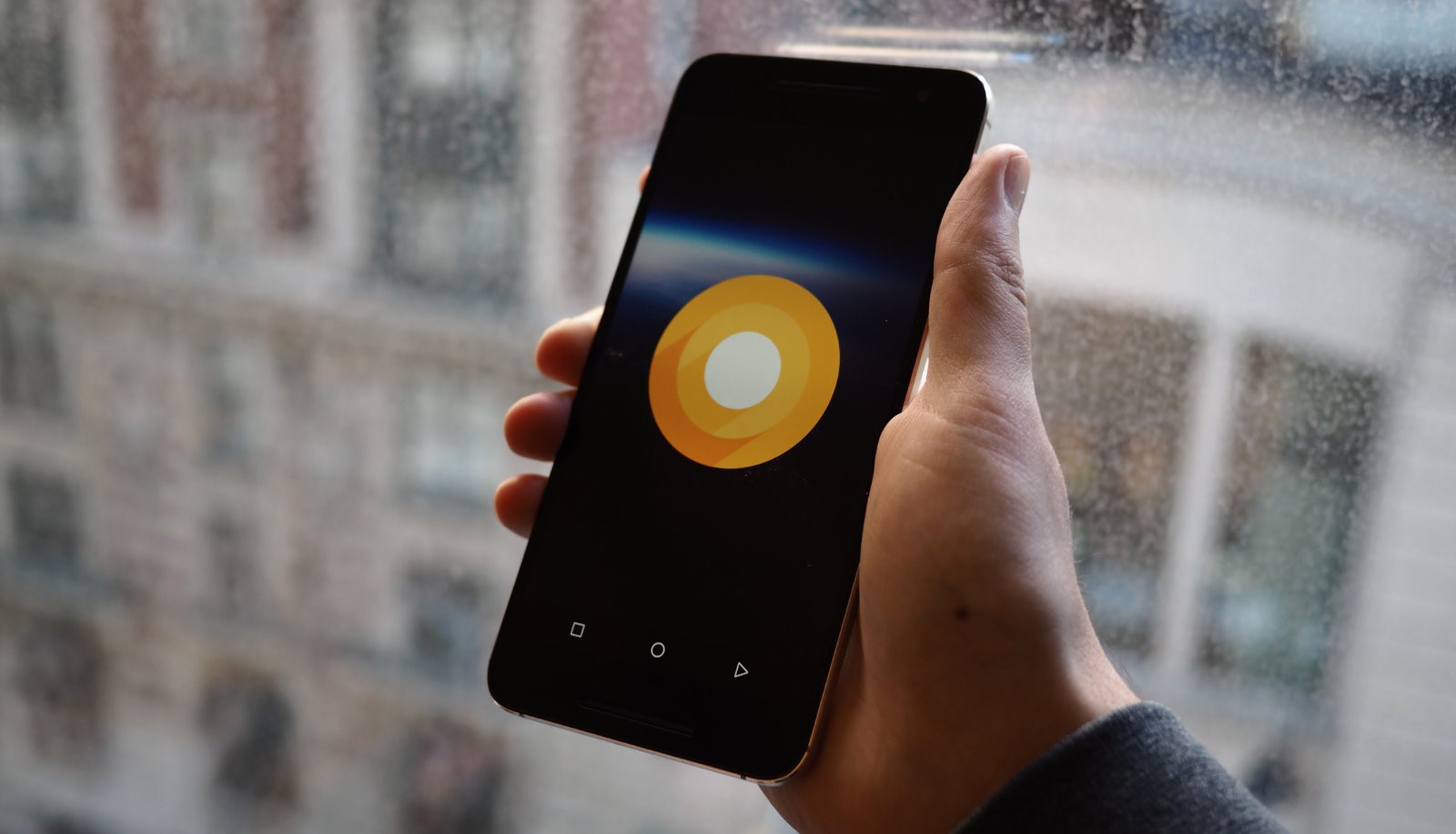
User Experience
Notification Channels
Android 8 introduces Notification Channels, allowing users to group notifications by topic. This feature makes managing and prioritizing alerts easier. Users can snooze notifications, batch them into topic-based groups, and pin important applications to the top slot.
Picture-in-Picture (PiP) Mode
Picture-in-Picture mode lets users watch videos in a small window while using other applications. Initially introduced on Android TV with Nougat, this feature is now available on smartphones and tablets. The PiP window can be dragged anywhere on the screen and resized for seamless multitasking.
Autofill
The new Autofill API allows password managers to fill login credentials in other apps without hacks or workarounds. This feature enhances security by reducing the need for users to remember multiple passwords, making it easier to log in to various applications.
Performance and Efficiency
Faster Boot Times
Android 8 significantly improves boot times. Google claims devices should now boot up to twice as fast compared to Android Nougat, ensuring users can quickly start their favorite tasks.
Background Limits
The background limits feature minimizes background activity in the apps users use least. This design keeps the device running smoothly and efficiently by limiting resources used by background applications, ensuring optimal performance even with multiple apps running.
Security
Google Play Protect
Google Play Protect rebrands multiple security features under a single umbrella. It includes automatic scanning of Google Play Store and sideloaded apps, along with Android Device Manager (now branded as "Find My Device"). These features scan over 50 billion apps per day, even those not yet installed, to keep devices and data safe.
Android Go
Tailored Distribution for Low-End Devices
Android Go is a tailored distribution for devices with 1 GB of RAM or less. It includes platform optimizations to reduce mobile data usage, such as enabling Data Saver mode by default. The interface provides greater prominence to information regarding battery, mobile data limit, and available storage. The recent apps menu uses a modified layout and is limited to four apps to reduce RAM consumption. Google Play Services was modularized to reduce its memory footprint, making it more suitable for low-end devices.
Accessibility Features
Quick Settings Panel
The Quick Settings panel now provides easier access to accessibility features like magnification and Select to Speak. The system also optimizes the audio experience for users with disabilities, ensuring full utilization of their devices.
Emoji and Text Selection
Redesigned Emoji Set
Android 8 supports Emoji 5.0, which includes over 60 new emojis. The Emoji Compact support library solves the emoji fragmentation problem in Android, ensuring apps can render the latest emoji characters without requiring a system update.
Smart Text Selection
Smart Text Selection enhances the user experience by recognizing selected text and recommending a next logical step via a suggested app. For example, highlighting a phone number will automatically suggest opening the Phone app, and highlighting an address will suggest opening Google Maps.
Wi-Fi and Bluetooth
Wi-Fi Aware
Wi-Fi Aware allows devices to discover and connect to nearby Wi-Fi networks without an internet connection. This feature is useful in scenarios where devices need to communicate locally without relying on the internet.
Bluetooth 5 Support
Bluetooth 5 offers improved range, speed, and reliability, making it ideal for applications requiring stable and high-speed data transfer over short distances.
Battery Life and Performance Optimization
Battery Percentage Display
Android 8 supports battery percentage display for connected Bluetooth devices, making it easier to monitor battery levels across all connected devices. The notification shade is slightly translucent, and on-screen navigation keys are dimmed to reduce burn-in.
Neural Network API
The neural network API provides hardware acceleration for on-device machine learning operations. This API works with machine learning platforms like TensorFlow Lite and specialized co-processors such as the Pixel Visual Core. It also provides a CPU fallback mode, ensuring efficient machine learning operations even without specialized hardware.
Storage and File Management
Revamped Storage Section
The redesigned storage menu shows relevant information upfront, including available space on the device. It highlights the Smart Storage feature, which helps users manage storage more effectively by automatically deleting unused files and freeing up space.
Developer Features
Module Architecture
The module architecture makes it easier and faster for hardware makers to deliver Android updates. This modular approach ensures updates can be rolled out more efficiently, reducing the time it takes for new features to reach users.
Emoji Compact Support Library
Developers can use the Emoji Compact support library to ensure their apps can render the latest emoji characters without requiring a system update. This library is compatible with previous versions of Android, making it a valuable tool for maintaining cross-platform compatibility.
Pointer Capture API
The pointer capture API allows apps to capture all mouse input, providing more granular control over user interactions. This feature is particularly useful for apps requiring precise mouse control, such as graphic design tools or gaming applications.
Enterprise Features
Work Profiles on Fully Managed Devices
Work profiles on fully managed devices allow enterprises to separate apps and policies while maintaining control and visibility across both profiles. This feature gives enterprises the ability to create managed profiles, ensuring work-related activities are kept separate from personal activities.
